7 things you didn’t know about Hofbräuhaus
As you may know already, I’m not a big fan of beer in general – I much prefer rosé in the evening. Or anytime it’s 5 o’clock somewhere… So it may come as surprising news that one of the things that I was looking forward to the most during my time in Germany was the world-famous Hofbrauhaus in Munich.
Why the hell would I be going there if I can’t stomach 3 sips of beer, let alone a giant Bavarian jug!? That just doesn’t seem like a good time investment when spending just two days in the city.
Well, as it turns out, there is a lot more to this place than meets the eye – in fact, I bet you a giant beer jug that you didn’t know any of these things about the Hofbräuhaus. Let’s see…
HOSBRÄUHAUS FUN FACTS
- Hofbräuhaus is the oldest Munich brewery
- Is Hofbräuhaus best beer in Munich?
- Hitler founded the Nazi party at Hofbräuhaus
- There are several Hofbräuhaus locations
- Famous people visited Hofbräuhaus
- People use Hofbräuhaus tokens as currency
- Hofbräuhaus is great even if you don’t like beer
- Fun ways to visit Hofbrauhaus
+
GERMANY travel tips
Is Stade the prettiest village on Germany’s framework road?
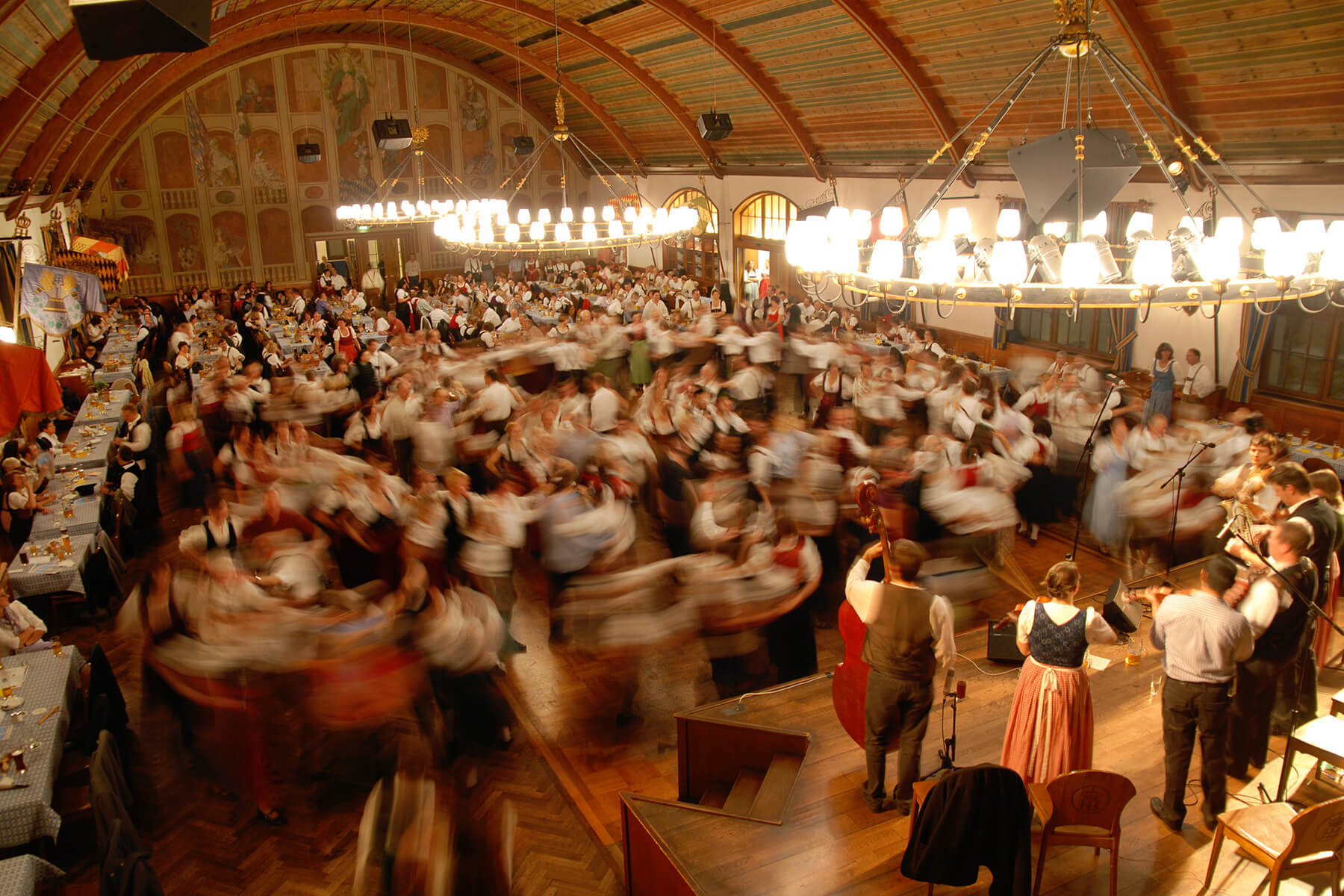
Hofbräuhaus is the oldest Munich brewery
Bavaria was not very much into beer back in the 16th century. Once they started hearing about the good brews of Northern Germany, imports grew in popularity. But they came at a cost!
Therefore, the Duke of Bavaria Whilelm the 5th commissioned the construction of a brewery on 27th September 1589. His goal was firstly to decrease the state expenditure for beer imports, and secondly to provide both the Royal family and Ducal Court with beer now that had become commonplace in Bavaria by then. That is when Hofbräuhaus came to life. It produced mostly dark beers of the stout kind.
A record of official innkeepers can be traced back to the early 1800s.
Sadly, all of the rooms were destroyed in World War II bombings over Munich. All for one, the Schwemme, otherwise known as the historic beer hall. It was reopened to the public in 1958 following extensive post-war restoration work.
Is Hofbräuhaus best beer in Munich?
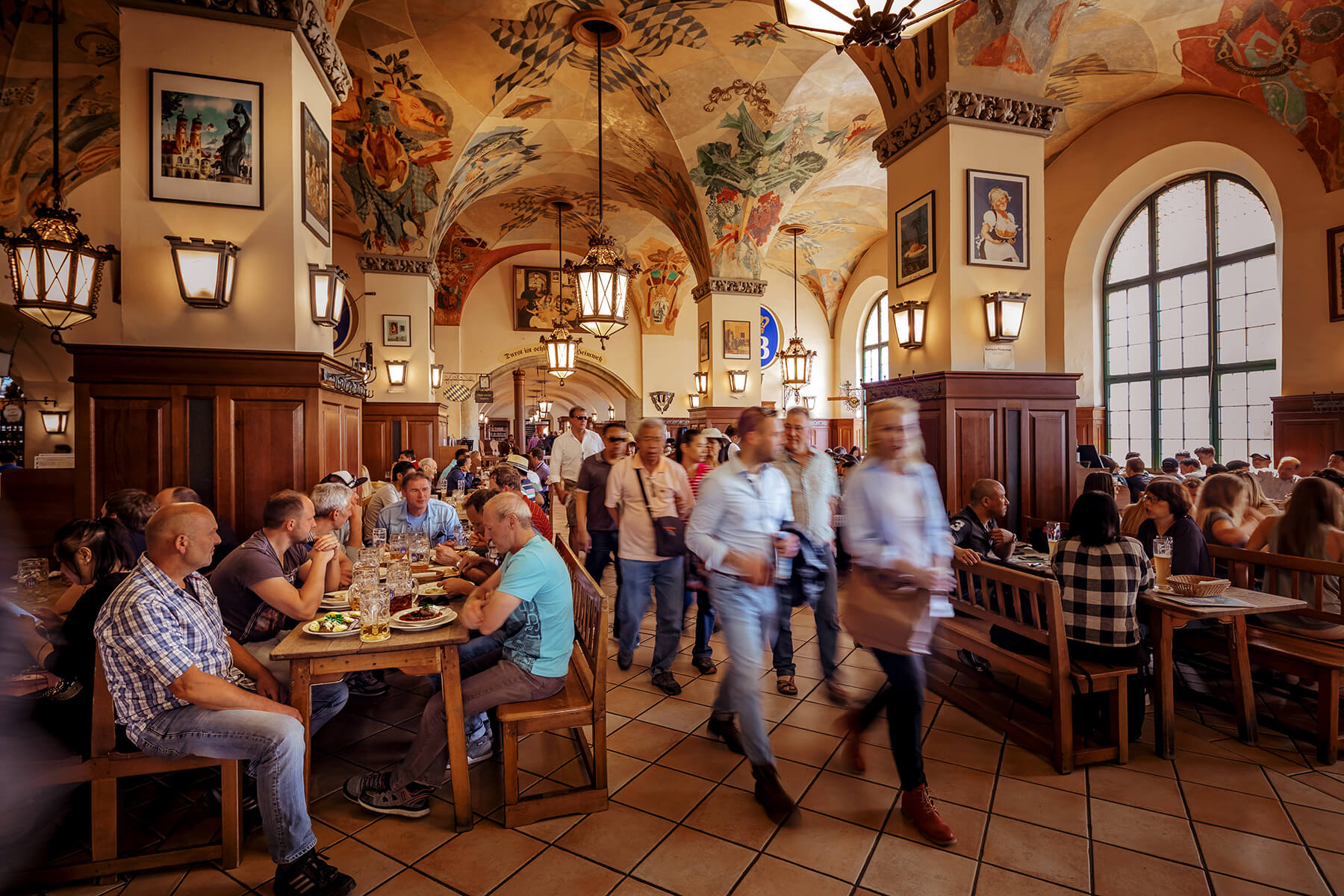
Not long after its opening, the beer rapidly became famous around Europe. People raved about its purity and incredible taste.
It got so famous, in fact, that King Gustavius from Sweden accepted to not invade Munich in exchange of 600,000 barrels of the fine brew during the Thirty Years War.
Hitler founded the Nazi party at Hofbräuhaus
The Hofbräuhaus is now infamously and tragically linked to the Third Reich.
On 24th February 1920, Adolf Hitler gathered quite a large crowd and made his first official speech as head of the National Socialist German Workers’ Party up on the third floor in the Festival Room. This speech contained the 25 Thesis that would go on to become the backbone of the Nazi party.
While Adolf Hitler was speaking, members of opposition parties—most notably, Social Democrats and Communists—began to argue. The fracas quickly escalated into a full-on melee as several hundred Nazis and their political adversaries began throwing punches and hurling beer mugs at each other. Hitler managed to finish his speech, albeit while dodging tables and chairs.
In November 1921, the Munich Hofbräuhaus also became the birthplace of a paramilitary Nazi street-fighting organization known as Sturmabteilungen or SA. Its main purpose was to provide protection for Nazi rallies, disrupt assemblies of opposing parties, and intimidate Jews. They played a significant role in Adolf Hitler’s rise to power throughout the 1920-1930s.
And if you didn’t know already, Adolf Hitler was an avid painter. He was rejected twice by the Academy of Fine Arts Vienna in 1907. During his time in power he did several watercolor paintings of the Hofbräuhaus façade.
Subsequently, the beer hall was frequently used by the party to hold functions and assemblies from the 1920s and throughout the war. Due to its strategic importance to the Nazi party, Hofbräuhaus was badly damaged by allied bombings towards the end of World War II.
There are several Hofbräuhaus locations
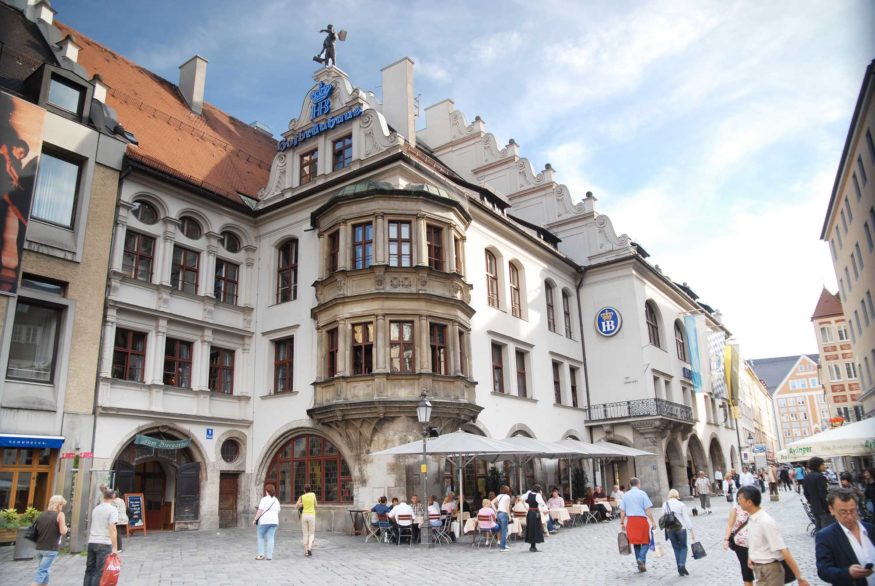
There are 24 other Hofbräuhaus locations in the world, including Seoul, Genoa, Dubai, Stockholm and Philadelphia.
The one in Las Vegas is reportedly the first full-scale and most succesful replica of the beer house.
Famous people visited Hofbräuhaus
A lot of famous names hung out at the beer hall in its glorious years.
It is said that composer Wolfgang Amadeus Mozart lived just around the corner from the Hofbräuhaus in the late 18th century. In a poem he wrote, Mozart claimed that it was after multiple visits to the beer hall that he was able to muster up enough liquid courage to finish composing his opera Idomeneo.
During the time leading up to World War I, Russian revolutionary Vladimir Lenin reportedly visited the Hofbräuhaus on a regular basis. In her diary, his wife praised the tavern as being a place where “the good beer wipes away all the differences between social classes.”
Hofbräuhaus has welcomed a host of notable visitors, including painter Marcel Duchamp, novelist Thomas Wolfe, jazz singer Louis Armstrong, Soviet Union leader Mikhail Gorbachev, and American presidents John F. Kennedy and George H. W. Bush.
People use Hofbräuhaus tokens as currency
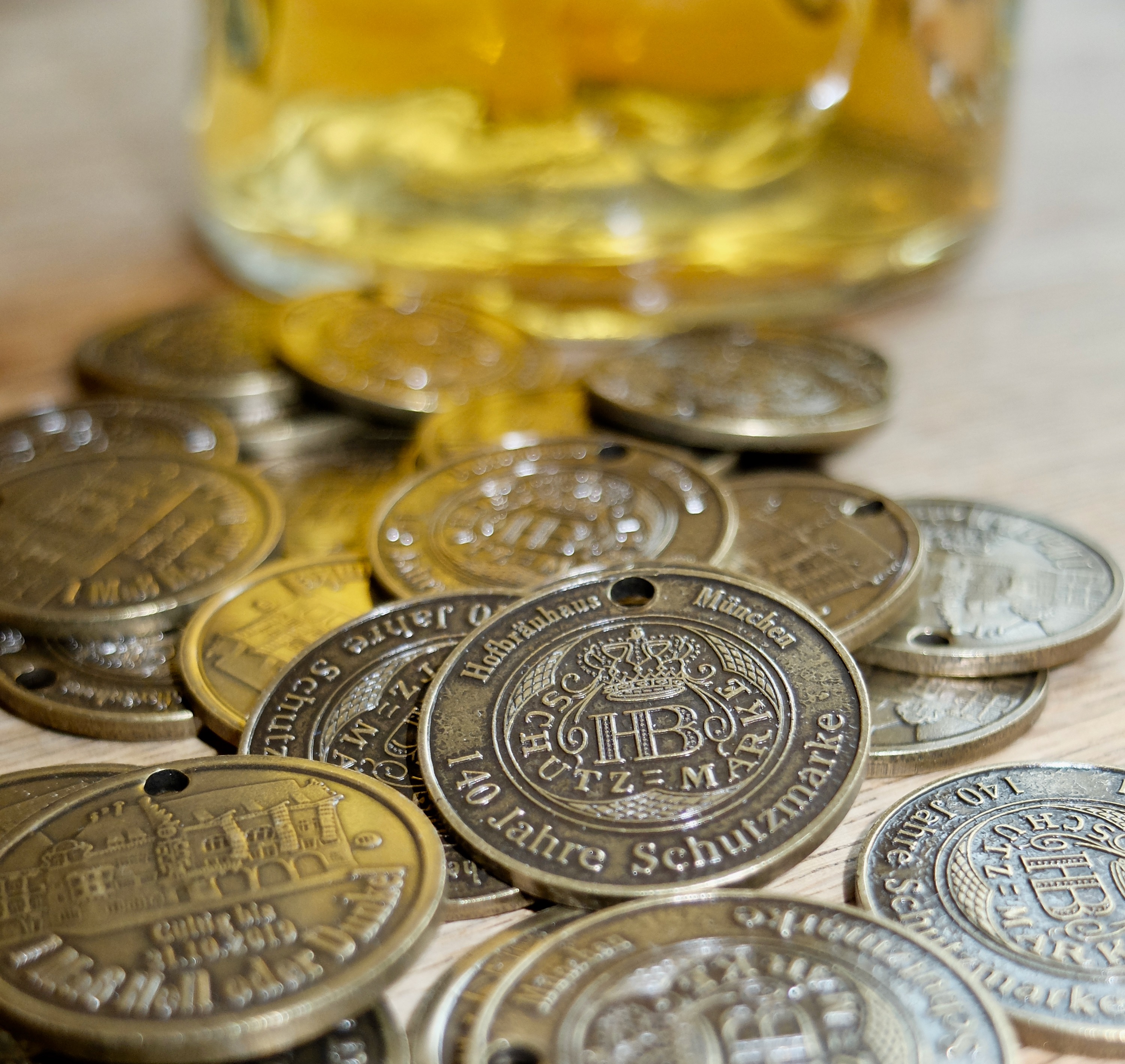
Several locals patrons not only have their own personal beer steins, they also have their own currency: the Hofbräuhaus beer token.
These tokens are issued by the brewery and not subject to fluctuations in value, unlike other currencies. They can only be exchanged for a Maß (a thoroughly measured quantity of beer consisting of 33.8 US fl oz).
Locals often joke that these beer tokens are a better investment than going to the bank… because they give you a better return on your money.
Hofbräuhaus is great even if you don’t like beer
Also good to know for the non-beer lovers like me: the Hofbräuhaus is extremely photogenic. You don’t even have to drink beer to enjoy being there!
From the massive wooden shelves filled with jugs to the live band to the typical Bavarian dishes, the place will be most pleasant for your camera. Yes, it is very touristy, and I don’t think there was a single local in there. But that doesn’t mean it’s not worth a detour, if only to get a glimpse of this legendary place.
The Hofbräuhaus is also a great place to eat traditional German and Bavarian food, such as soft pretzel, bratwurst and obatzda.
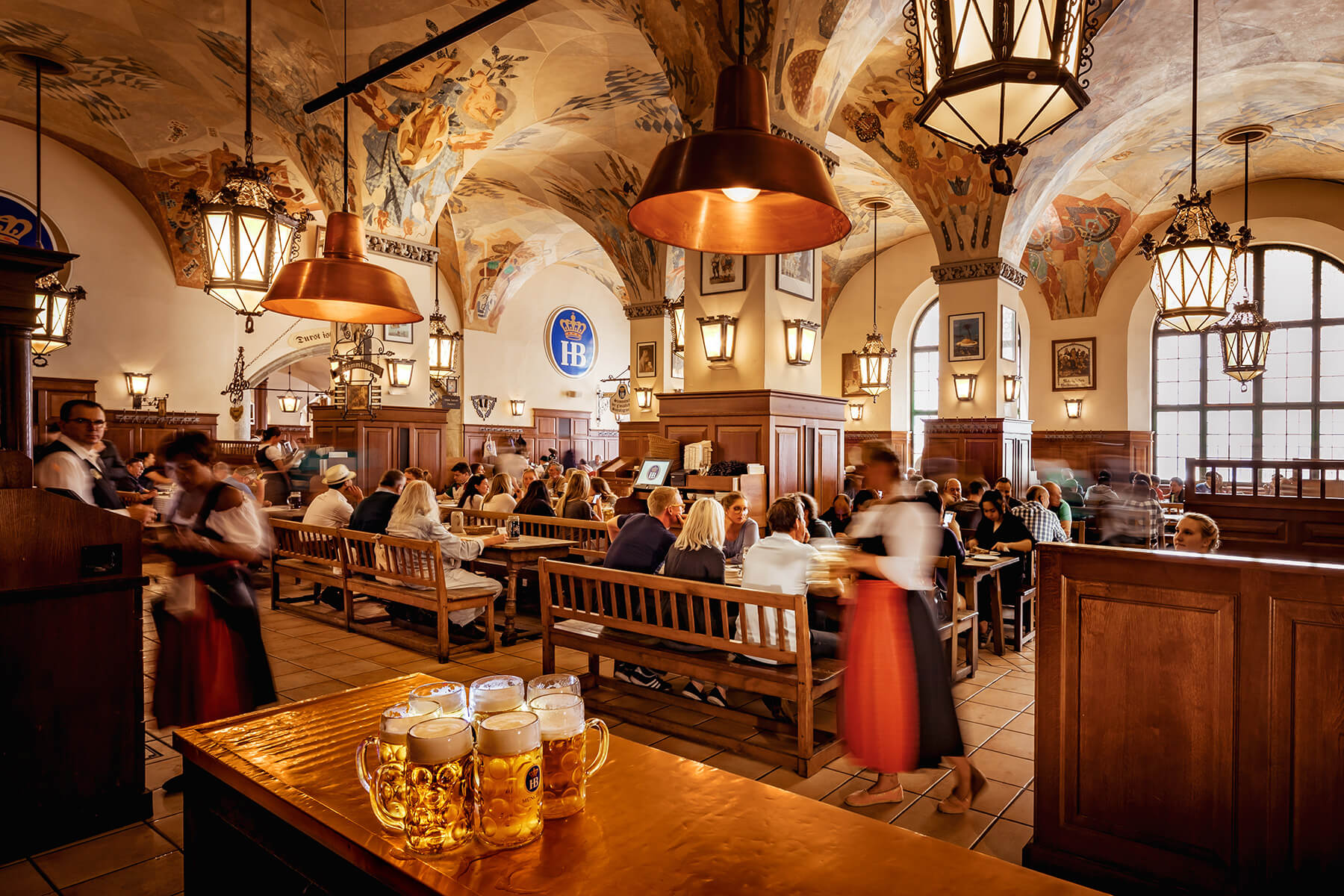
Post Comment